Step II of getting a new playground
Park and School planners are adjusting to developing and designing play areas that follow guidelines and rules. Of course, when the Consumer Product Safety Guidelines for Public Playgrounds were first developed, there was much mumbling and confusion about how all the criteria, test procedures and other safety data could really help each individual playground situation. The purpose and intent of the CPSC guidelines and also the American Standard for Testing and Materials (ASTM) safety standards is to provide some guidance as to how best to eliminate life-threatening and disabling injuries on the playgrounds in America.
Everyone understands bumps and bruises are part of growing up, but going to the playground for a day of imaginative fun and peer socialization and ending up in the emergency room is tough to handle. Thanks to the support of organizations such as the National Playground Safety Institute, a division of the National Recreation and Parks Association, and many playground equipment manufacturers, playground guidelines and standards are readily available and considered basic playground knowledge.
When designing and planning for your play area, take the guidelines and standards and weave your community's needs around them. Remember, you must now also address handicapped accessibility issues. To do this successfully, it is important to invite and welcome input of children on your decisions. An example of how this might work is a system developed in Brigham City, Utah, whereby the children actually help design· and evaluate what play equipment gets put in at their play area. In fact, many schools and city officials are using local residents to help plan and give suggestions for the design of playgrounds. Programs like these should be applauded and supported.
As adults, we must realize the value of play and play areas. In some places, playgrounds are all that children have that is theirs. It is a place they can call their own and be themselves, by themselves. It is a child's world separate of the bigger and daunting real world. It is for this reason that what is important to the children should be important to the designer.
With guidelines and standards, input from your community and the children, you are now ready to evaluate the information you have gathered. We learned in grade school the 5 P's: "proper planning prevents poor performance," and how true it is with playgrounds. It is unfortunate, but it happens all too often; playground equipment is purchased and then because of poor planning the equipment sits in a pile rather than being installed and accessed by the children for which it was purchased. Or, a playground gets installed, only to have to be torn out because it is next to a safety hazard that wasn't considered, such as a canal bank.
There are many issues that need addressed when planning a playground. Special consideration should be given to what will serve the children best. Asking for input directly from the children is key to getting the answer.
A Suggested Pre-planning Check List Might Look Something Like This:
1. Budget
a. play equipment
B. surfacing
C. site preparation
D. architect of consultant
E. installation
F. cost of maintenance and repair
2. Site
a. Safe from water, electricity, existing building, other hazards
b. accessible by neighborhood
c. safe from roads, but visible to supervision
cl. who will maintain and repair
e. address handicap accessibility
f. drainage
3. Community Needs
a. age appropriateness
b. creativity
c. durability
d. time frame for completion
e. number of users



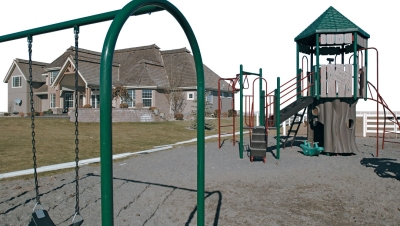
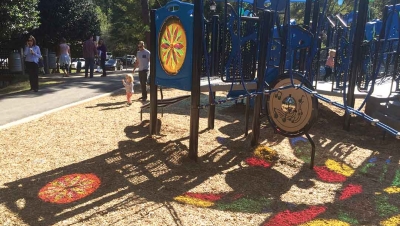
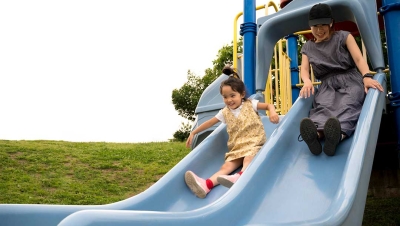
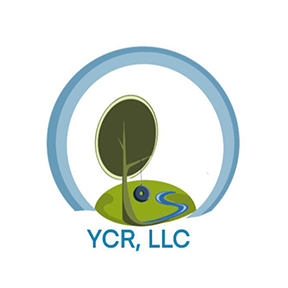


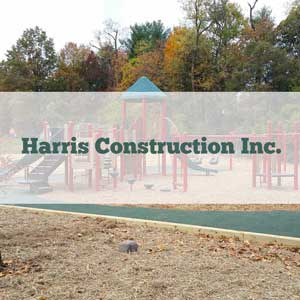

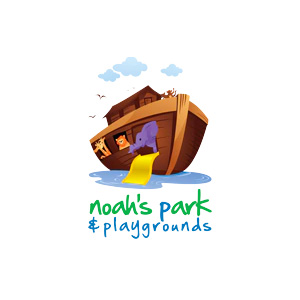

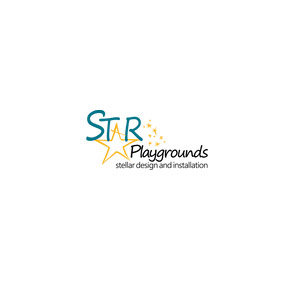
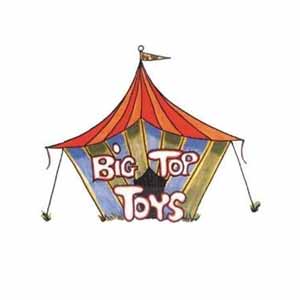
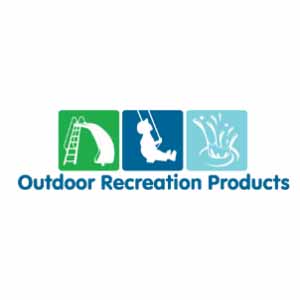
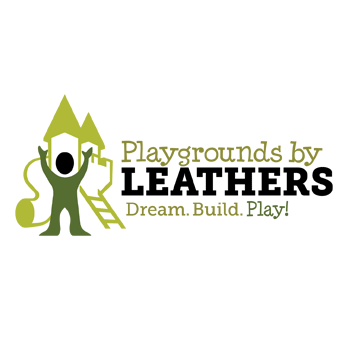
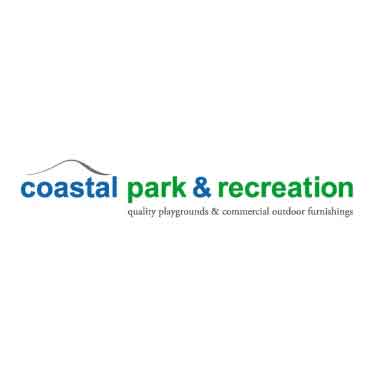
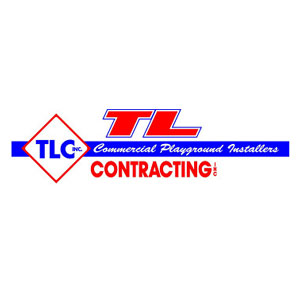
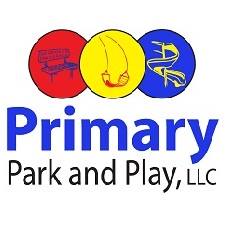
Add new comment